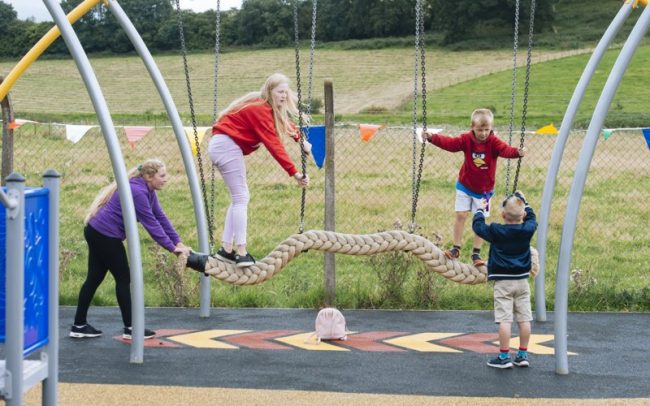Response to Sport England’s New 10-Year Strategy, ‘Uniting the Movement’
Response to Sport England’s New 10-Year Strategy, ‘Uniting the Movement’ from our CEO, Sarah Watts
The new Sport England 10-year strategy has filled me with hope and enthusiasm. With a vision to tackle inequality and create a nation of “more equal, inclusive and connected communities’, there is finally official recognition that, rather than being treated as a ‘siloed package’ physical activity should be integrated into all aspects of life through a whole-system approach to local delivery.
To quote Tim Hollingsworth, CEO, Sport England, “If you start to embed the benefit of sport and physical activity within the local authority and its wider ambition – so you really do connect it to health, to education, to transport and in many cases to tackling anti-social behaviour, or some of the other problems faced in those local environments – you can suddenly have a very different discussion with local authorities about the role that sport can play in their communities. Suddenly it becomes a much better basis for sustained investment and engagement.” Hear, hear, Mr Holllingsworth.
It is also encouraging that ‘active  environments‘ has been recognised as one of the areas of focus. This is music to my ears.
environments‘ has been recognised as one of the areas of focus. This is music to my ears.
If we are to change behaviours, especially amongst social groups who are traditionally less active, and encourage more people to move, we need to create and nurture environments that engage and inspire. Opportunities to be active need to be all around us, embedded in daily routines.
The population’s reaction to the COVID induced lockdowns has been an interesting lesson. During times of extended social restrictions, many people have reengaged with the environment, exploring the walks and cycles available to them from their front doors. This has demonstrated that, even when leisure centres and gyms are closed, the environment around us can support an active community, if it is designed to deliver safe, enjoyable and fulfilling experiences.
As one of the UK’s leading leisure developers, a large percentage of the work we deliver at Alliance involves the regeneration and repurposing of leisure centres. However, and this is where is gets exciting, more and more of our work with local authorities involves exploring opportunities to incorporate physical activity into wider planning and development.
I believe the new Sport England strategy will encourage local authorities to invite their in-house or contracted leisure teams into conversations around the achievement of broad community objectives. Dedicated leisure facilities need to be intrinsically linked to other community services, with parks and playgrounds strategically positioned and well maintained. I believe the provision of attractive, well maintained active environments will become a key driver in property purchasing decisions moving forwards, with people keen to live in a place that offers more than a good local school and shops.
strategy will encourage local authorities to invite their in-house or contracted leisure teams into conversations around the achievement of broad community objectives. Dedicated leisure facilities need to be intrinsically linked to other community services, with parks and playgrounds strategically positioned and well maintained. I believe the provision of attractive, well maintained active environments will become a key driver in property purchasing decisions moving forwards, with people keen to live in a place that offers more than a good local school and shops.
This strategy document is a positive step in the right direction but to deliver its aims will require significant change in the way physical activity is perceived and delivered. The fact that leisure services are still not valued as a statutory requirement needs to change. There needs to be a widespread understanding and acceptance of the vital role sport and physical activity can place in the creation of a happy, healthy and prosperous society.

